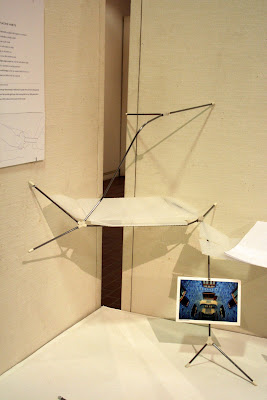Form follows function. When I was way more ignorant of design than now, somebody hysterically shouted this phrase at my face as if he knows about design. I barely remember how he explained this way-to famous-to-be-understood-as-it-is sentence. Yes, we were talking about design, drunk.
Although some time has passed since then, I still recall that moment. Why form follows function? Did he really know what he meant? For some people, it is the ultimate guideline of design, for others, it is as old as a fossil. I was confused with it, because I didn't know how to read it.
This morning, I happened to read first few pages of a book, Architecture and the Spirit of Man, which I read few chapters before, and put aside. The first chapter, What buildings are beautiful, had some insights on aesthetics of buildings. It made me to rethink and analyze my thesis, which is about designing for invisibility. So I continued to read more.
Form follows function; the form of a building must be a consequence of its purpose.*
This is a common understanding, and also that of a surface. Read the following sentence.
The form of a building must tell the story of its life, of its inward activities and outward affiliation.*
The story that reflects people's life and their use of objects needs to be embraced in the form. As a sentence, form comes before function; this order confuses me to read its meaning properly. However, in a real life, the form and function of the building or the object advance dialectically not consequently.
Dialectics is the method of argument, which two opposite characters develop integral relationship. When you think of dialogues, it is easier to understand. Two or more people make series of dialogues in order to explore a particular subject, and solve a problem. Good design or long-live design embraces this dynamic of dialogues of the form and function; they are open for change. However, the famous Form follows function mistakenly indicates a consequential relationship, A follows B, make people confused about the idea behind the sentence.
*Joseph Hudnut, Architecture and the Spirit of Man, (Harvard University Press, 1949), pp12





























